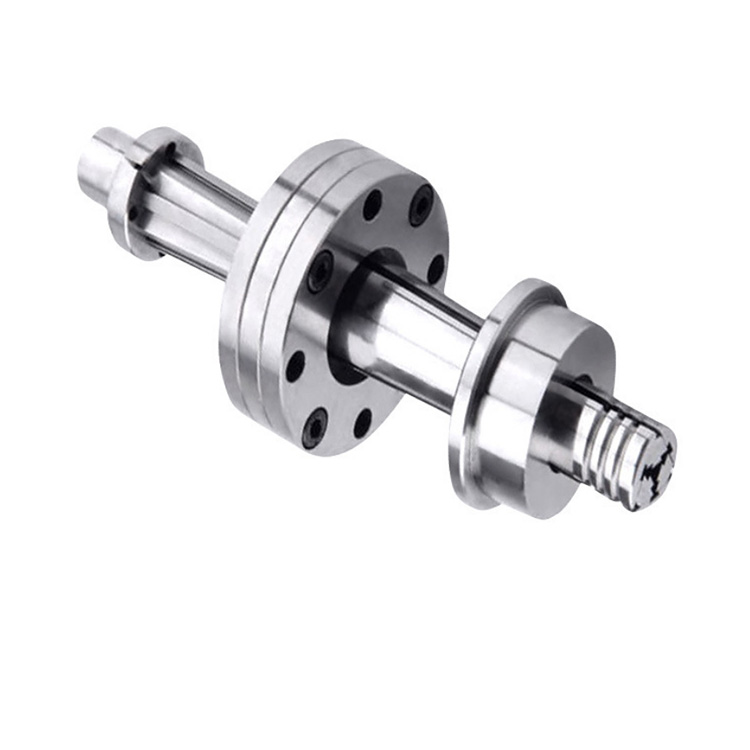The variety of modern manufacturing machines can be overwhelming. This article will focus on the two most common machine categories and compare the uses of milling machines VS lathes.
What is the lathe?
A lathe makes cylindrical parts by rotating material on a stationary tool. Using a lathe to make parts is called turning. The raw material is held in a high-speed rotating chuck - this axis of rotation is called the C-axis. The tool of the lathe is mounted on a tool holder that can move parallel to the C-axis (expressed as movement along the Z-axis) and perpendicular to the C-axis (movement along the X-axis). On a CNC lathe, complex cylindrical geometries can be turned by changing the rotational speed of certain features by simultaneously controlling the X and Z positions of the tool post.

More advanced lathes have automatic tool changers, part catchers for serial production, and live tools that allow some milling functions. The material needs to be held in the chuck, and in some cases, its tailstock needs to be supported. Lathes excel at making cylindrical parts with very tight tolerances and repeatability. Lathes are not used for parts with major features off-axis. Parts with off-axis features cannot be turned on a lathe without additional tools. For example, a lathe can only drill holes on the center shaft by attaching a drill to the tailstock; in standard turning operations, eccentric holes are usually not possible.
What is the milling machine?
Unlike the lathe, the milling machine holds the material in a fixture and cuts it with a rotating tool.
Milling machines come in many different configurations, but the most common one allows the operator to move the part left and right along the X axis and back and forth along the Y axis. The tool moves up and down along the Z axis. CNC milling machines can simultaneously control motion along these axes to create complex geometries such as surfaces. This main type of milling machine is called a 3-axis milling machine.

5-axis milling machines and the like can cut more complex parts, as well as machine a wide range of parts, including many different functions that cannot be done on a lathe. Milling machines, on the other hand, can be complicated to set up and program. A part may need to change its orientation several times to machine all features. The different setups are called milling operations, and the addition of milling operations increases the cost and overhead of part manufacturing.
How to choose the milling machine and the lathe?
From the above summary, the lathe is best for making cylindrical parts, the cross-section of the part must be circular, and the same central axis must run through its entire length.
Milling machines are better for machined parts that are not exactly cylindrical, have flat, complex features, or have offset/slanted holes. A milling machine can machine cylindrical features, but if the part is purely cylindrical, a lathe is a better and more precise choice. More sophisticated machines, such as Swiss lathes, can cut flat features and drill vertical holes in the material. However, these machines are still more suitable for cylindrical parts.
-------------------------------------END-------------------------------------------------


